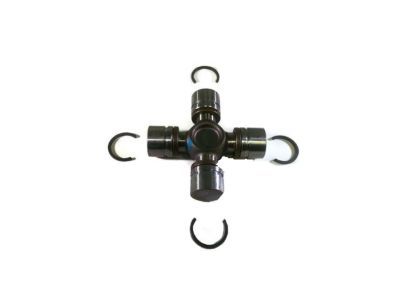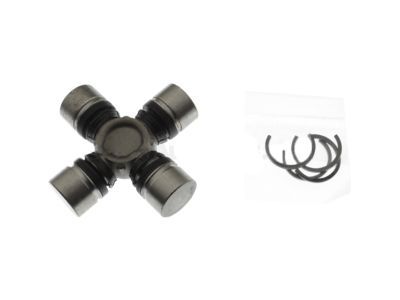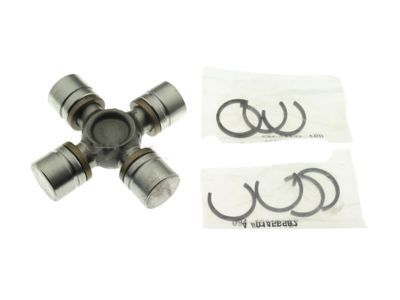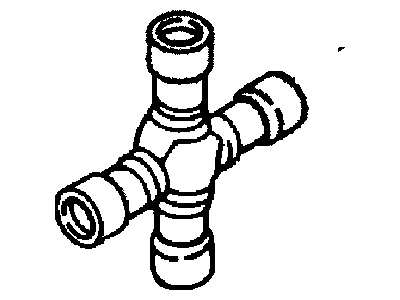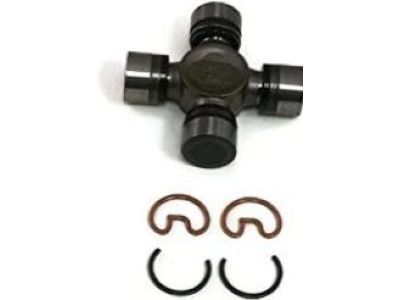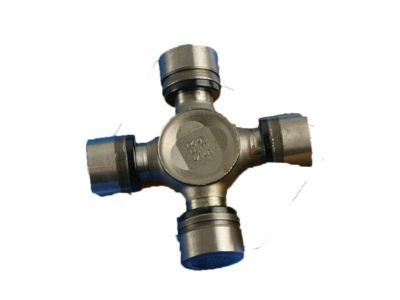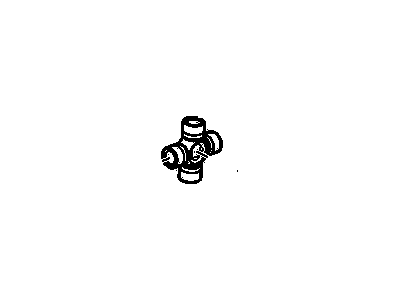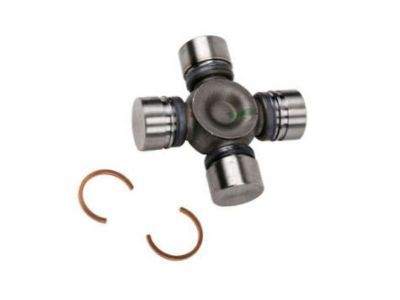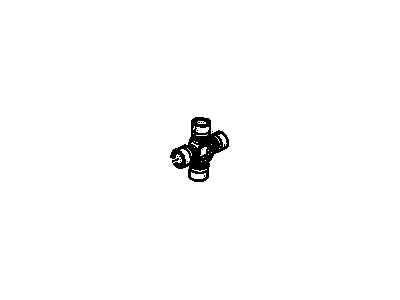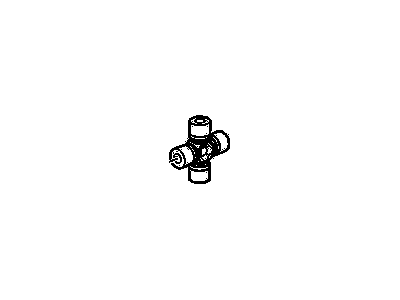
My Garage
My Account
Cart
Genuine GMC Sonoma Universal Joint
U-Joint- Select Vehicle by Model
- Select Vehicle by VIN
Select Vehicle by Model
orMake
Model
Year
Select Vehicle by VIN
For the most accurate results, select vehicle by your VIN (Vehicle Identification Number).
5 Universal Joints found
GMC Sonoma Joint Kit, Front Axle Propeller Shaft Front Universal
Part Number: 23104840$36.29 MSRP: $88.98You Save: $52.69 (60%)Ships in 1-2 Business DaysGMC Sonoma Joint Kit,Propeller Shaft Rear Universal
Part Number: 89040245$107.88 MSRP: $180.82You Save: $72.94 (41%)Ships in 1-2 Business DaysGMC Sonoma Joint Kit,Propeller Shaft Front Universal
Part Number: 89040243$112.81 MSRP: $189.10You Save: $76.29 (41%)Ships in 1-2 Business DaysGMC Sonoma Joint Kit,Propeller Shaft Universal
Part Number: 26008858$62.50 MSRP: $102.75You Save: $40.25 (40%)
GMC Sonoma Universal Joint
GMC Sonoma vehicles have a Universal Joint that is responsible for connecting the driveshaft to the differential which requires some movement as the suspension of the vehicle comes into contact with the road. This one allows the driveshaft to rotate so as to allow change of angle of some of the parts joined together. Usually this assembly is formed by a cross with needle bearings which are located in the steel cups; these cups are fixed using clips. GMC Sonoma cars have had factory pre-lubricated Universal Joints used over the years as well as new U Joints which have grease zerks. With age, Worn U Joints might result in apparently identifiable problems like loud noises at the time of gear shifting and vibrations at high speed and thus require inspection in terms of replacement. Flange and bearings and other parts within the range of the U Joint also should be checked frequently for signs of wear with the potential of damaging the seals or the clips.
Each OEM GMC Sonoma Universal Joint we offer is competitively priced and comes with the assurance of the manufacturer's warranty for the part. Furthermore, we guarantee the speedy delivery of your orders right to your doorstep. Our hassle-free return policy is also in place for your peace of mind.
GMC Sonoma Universal Joint Parts Questions & Experts Answers
- Q: What is a Drive Shaft and Universal Joint and its function on GMC Sonoma?A:A driveshaft is a tube or pair of tubes that transmits power between the transmission or transfer case on 4WD models and the Differential. It is equipped with universal joints at either end and in the center for two-piece driveshafts. On 2WD models, the driveshaft has a splined yoke at the front that allows it to slide back and forth within the transmission, with an oil seal to prevent fluid leakage and dirt entry. For 4WD models, the driveshaft may have a splined yoke or companion flange at the transfer case end, and two-piece driveshafts usually have a slip joint at the front of the rear section. Center bearings support the driveline in two-piece driveshafts, mounted in a rubber cushion on a frame crossmember. The driveshaft requires minimal service, with the universal joints being lubricated for life and replaced if problems arise. It is important to keep the driveshaft clean and inspect it for damage, ensuring the small weights used for balancing are in place and securely attached. Any noise or vibration while driving may indicate a problem with the driveshaft, which can be verified through a road test.

